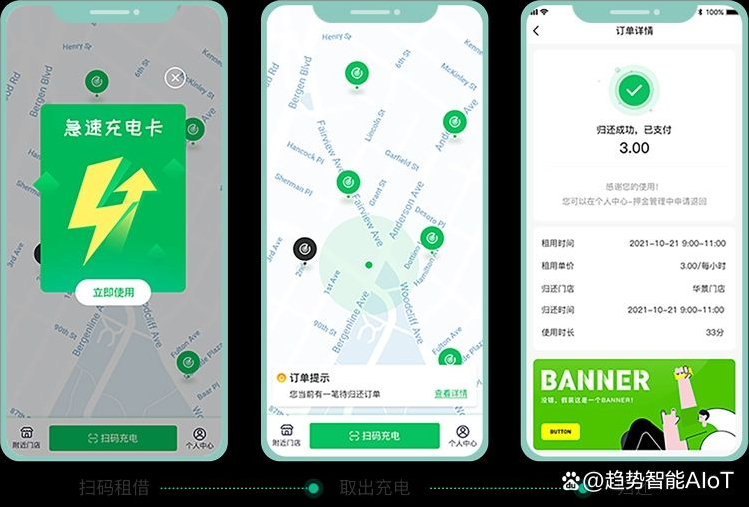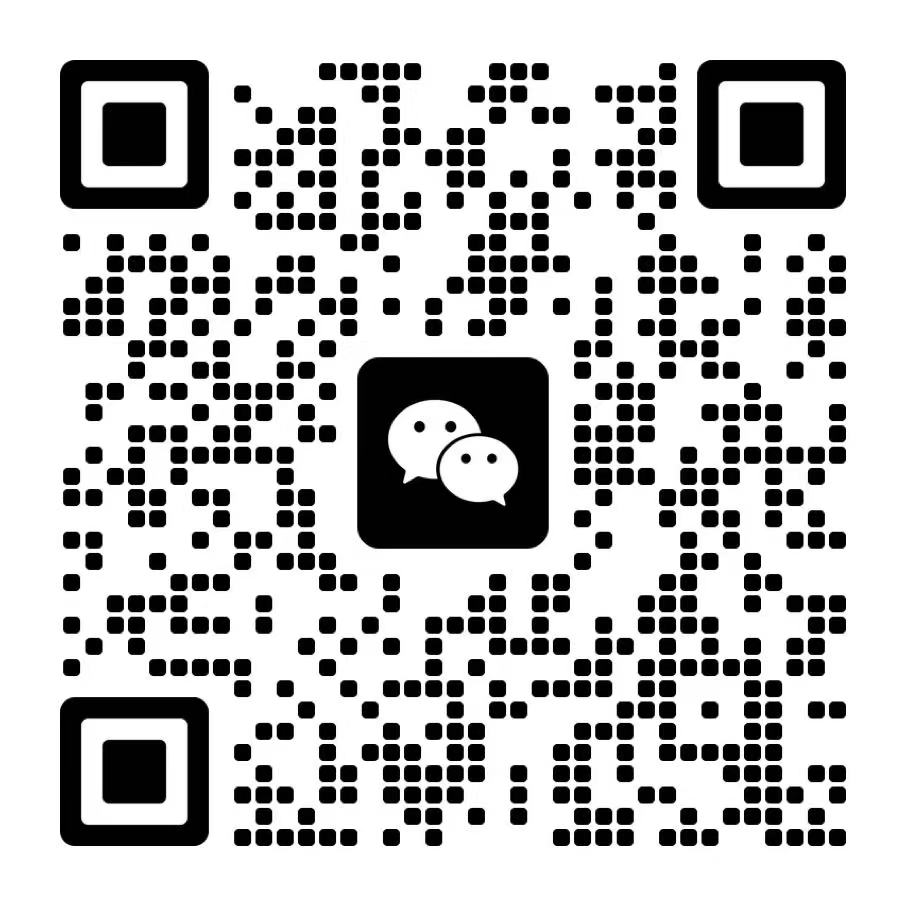The new energy charging pile mini program is a mobile application specifically designed for users of new energy vehicles, aiming to provide a convenient and efficient charging service experience.

The development of a new energy charging pile mini program is a systematic and complex process, which can be mainly summarized into the following steps:
Requirement Analysis
At the initial stage of development, conduct thorough market research and user requirement analysis. By collecting user feedback and industry data, clarify the core functional requirements of the charging pile mini program, such as charging station search, status inquiry, scanning to charge, online payment, etc.
System Design
Based on the requirement analysis, proceed with the overall architecture design of the system. This includes determining functional modules (e.g., homepage, charging services, personal center), interface styles, and interaction methods. The system design should prioritize user experience, ensuring simple and clear operations.
Development Preparation
Prepare the necessary tools and environments for development, including a high-performance computer, WeChat Developer Tools, etc. Meanwhile, familiarize yourself with the development framework, relevant programming languages, and technologies for WeChat mini programs.
Front-end and Back-end Development
Front-end Development: Responsible for designing and developing the user interface, utilizing front-end frameworks and libraries (such as JavaScript, WXML, WXSS) to achieve rapid interface development, with emphasis on responsive design and user experience optimization.
Back-end Development: Includes server setup, database design, and API development. Back-end developers need to be proficient in relevant technologies and tools to achieve efficient and stable data processing and communication capabilities.
Integration with Hardware
Realize communication and data interaction between the mini program and charging pile hardware devices. This involves understanding the communication interfaces and protocols of charging piles, selecting appropriate communication methods (e.g., Wi-Fi, Bluetooth, 4G/5G), and designing a stable and efficient data interaction mechanism.
Testing and Optimization
Conduct comprehensive and meticulous testing of the mini program, including functional testing, performance testing, compatibility testing, and security testing. Optimize and improve issues and deficiencies discovered during testing to ensure the mini program's quality is optimal.
Launch and Operation
After completing development and debugging, submit the charging pile mini program to the WeChat Open Platform for review. Once approved, it can be launched for users to access. Simultaneously, develop an operation strategy, leveraging social media, advertising, and other means to promote and increase the mini program's exposure and user adoption.
Maintenance and Updates
Continuously monitor user feedback and market demands, maintaining and updating the mini program. Analyze data to understand user behavior and usage habits, continuously optimizing functions and services to enhance user experience and satisfaction.




